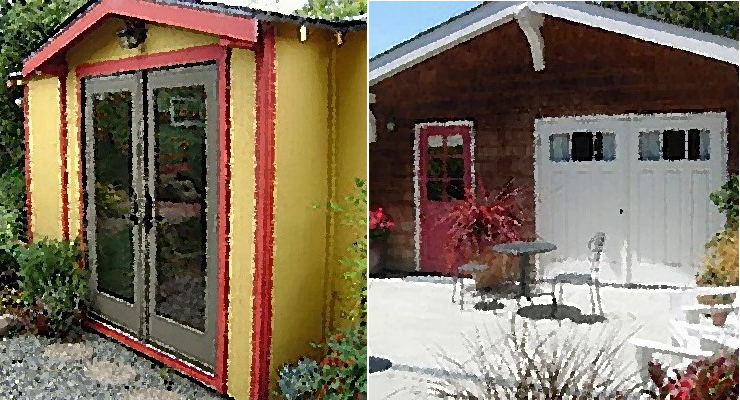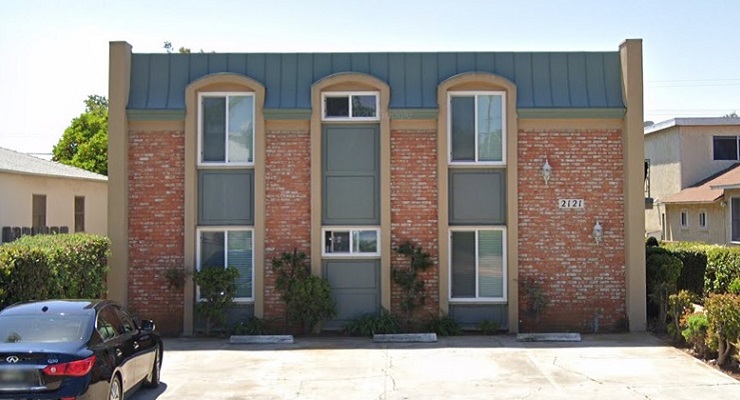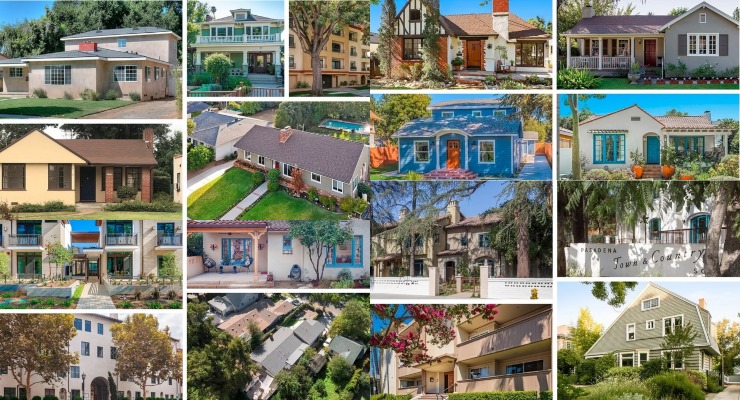
Predicting the real estate market, especially after a two year economic roller coaster, is a bit of science and a bit of art, but as far as the California Association of Realtors (CAR), the best methodology is to trace the path of the pandemic economy.
In a recent article, CAR did just that, noting that the pandemic pushed state legislators to put eviction and foreclosure moratoriums into place and distribute individual stimulus checks in 2020-2021.
Along with the supply chain disruption—another product of the pandemic—the moratoriums and the stimulus checks resulted in rapidly escalating inflation, said CAR. Both consumer price inflation and asset price began to rapidly inflate.
WIth more cash in their accounts, and more idle time on their hands, consumers began to overspend and undersave during 2021-2022, which helped prop up the jobs market. Employers continue to hire going into 2023, with jobs surpassing the 2019 peak in October 2022.
But at the same time, rapid interest rate increases continued to depress California home sales and prices in November, C.A.R. reported.
Rising interest rates further dampened the state’s housing market in November as home sales registered the lowest annualized pace since October 2007 and the largest year-over-year sales drop in at least the past four decades.
Closed escrow sales of existing, single-family detached homes in California totaled a seasonally adjusted annualized rate of 237,740 in November, according to information collected by C.A.R..
The statewide annualized sales figure represents what would be the total number of homes sold during 2022 if sales maintained the November pace throughout the year. November’s 2022 sales pace was down 13.2 percent on a monthly basis from 274,040 in October and down 47.7 percent from 2021, when 454,450 homes were sold on an annualized basis.
The year-to-year sales decline was the biggest since 1980.
Clearly, said the CAR report, the most influential impact of pandemic era policy was on mortgage interest rates.
As Forbes noted recently, “It appears that peak interest rates will fall in the 5% to 5.5% range for 2023 on the Fed’s latest projections. That implies a few more hikes in interest rates in early 2023, though likely fewer and significantly smaller moves than we’ve seen in 2022.”
The Federal Reserve had dropped interest rates to historic lows in 2020-2021, and ended its pandemic period monetary policy of funding and setting interest rates on home mortgages, by departing the mortgage-backed bond (MBB) market at the end of 2021.
When this happened, according to CAR, the funding and setting of fixed rate mortgage (FRM) rates returned to the bond market, resulting in a jump in mortgage rates to match bond market MBB yields..
MBB yields are based on the 10-year Treasury Note rate plus a risk premium rate presently set at double historic norms in anticipation of a recessionary rise in defaults, said CAR.
This caused consumer inflation to exceed the Fed’s target of 2%, so the Fed bumped up their benchmark rate several times in 2022, directly increasing interest rates on adjustable rate mortgages (ARMs).
As mortgage rates skyrocketed in the first three quarters of 2022, mortgage borrowing plummeted , along with buyer purchasing power.
As buyer purchasing power declines, so goes support for home sales,said the report.
According to CAR, homebuyers qualify for a maximum mortgage amount based on their incomes and shifting interest rates. Any rise in mortgage rates instantly cuts the amount they can borrow, and the price they can pay for a home is reduced. The only factor able to move in the triangle consisting of the homebuyer, lender and seller is the seller’s list price.
Sales volume peaked early in 2022. End-of-year reports are not yet in, but according to CAR, sales volume is likely to dip below 2019 levels — the last “normal” year for sales volume — in 2022.
Thus, home prices have fully reversed course from their May 2022 peak, ranging from 6% below the peak in the low tier to a staggering loss of 9% in the mid and high tiers.






